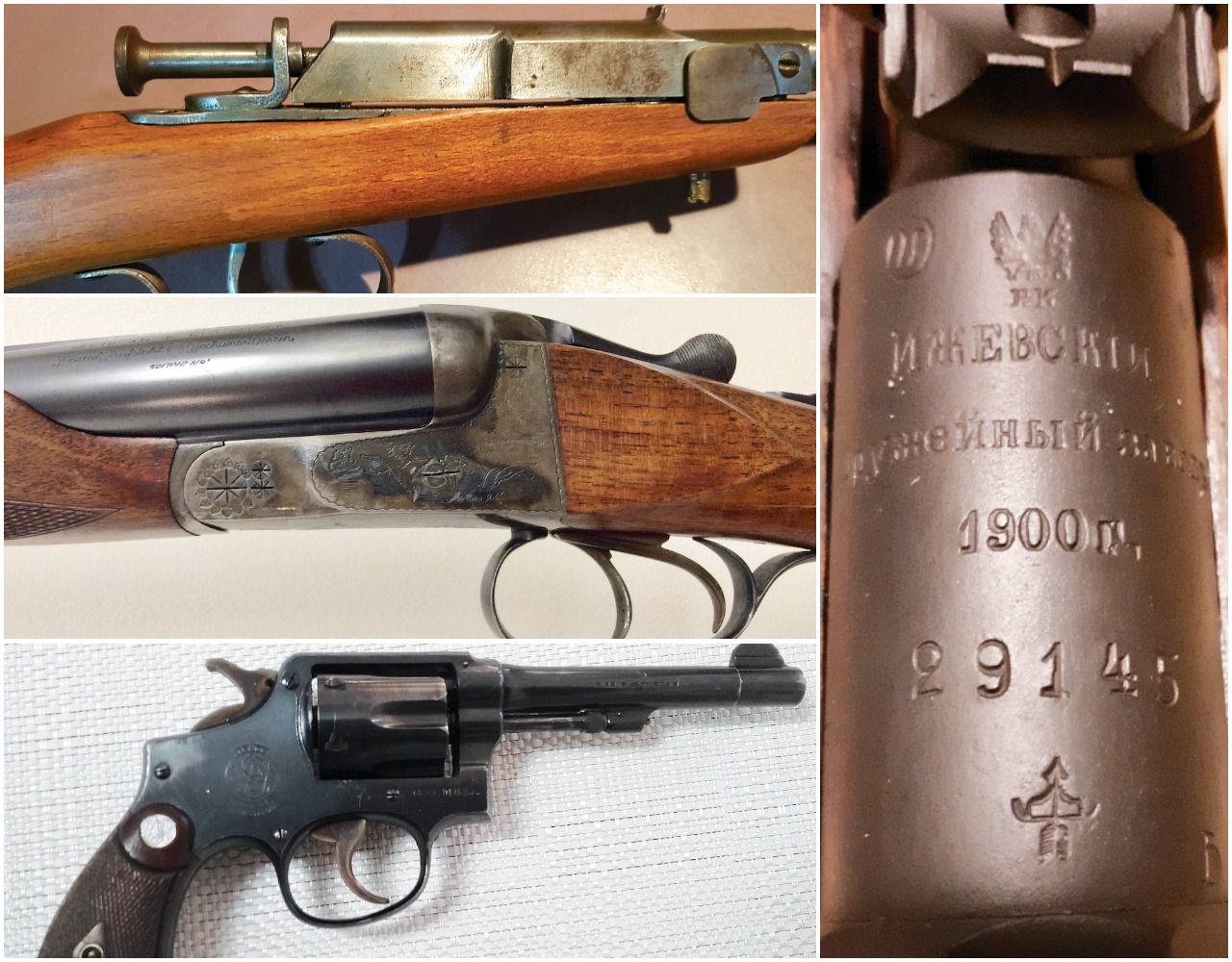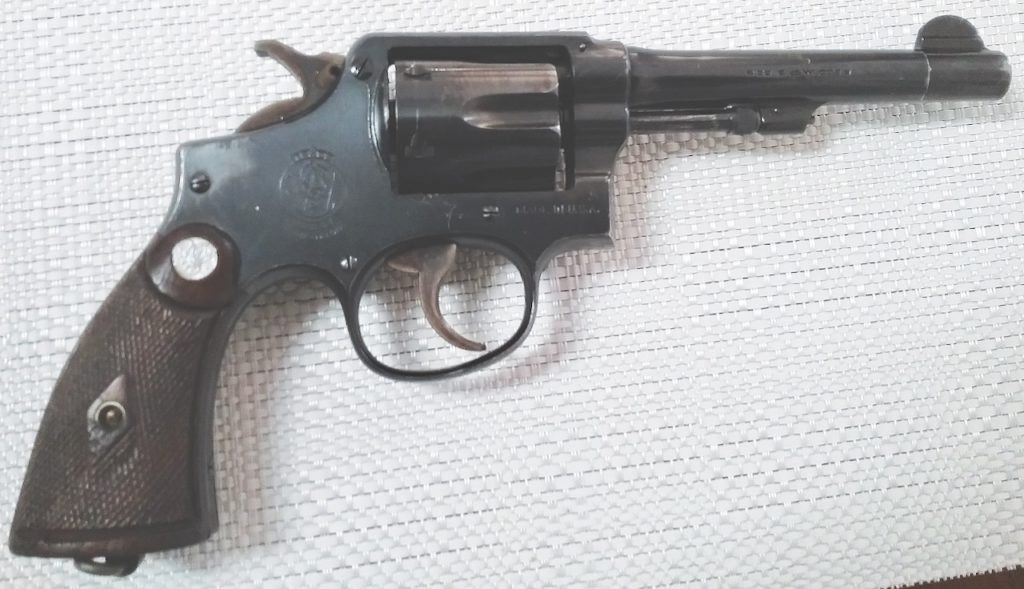Guns & ammo
Expert advice, appraisals and the fascinating stories behind your firearms
Advertisement
I bought this Smith & Wesson .38 (above) from a friend of mine a few years ago. He in turn got it from a retired police officer who used it as his service revolver. I believe he was with the West Vancouver police department, as “WVPD” is stamped on the handle.
Advertisement
When I bought the revolver, my friend told me it was a .38 Special. It came with one box of .38 Special ammo and one box of .38 S&W. The paperwork says the gun is a .38 Special, but when I took it to the gun club to try it out, the .38 Special bullets were too long and wouldn’t fully load. Going by the serial number, it appears the gun was made around 1940, but I could be wrong. Thanks for any info you can give me.
DAN WINDSOR
GIBSONS, B.C.
Advertisement
As is marked on the barrel, your revolver is chambered for the .38 S&W cartridge, which has a shorter case length and slightly larger bullet diameter than the .38 Special. Many of these guns that were exported to Britain had the chambers reamed to accept .38 Special cartridges, a rather poor idea in my view. The photo of the cylinder shows your revolver has not been altered.
This particular gun is a Military & Police model, made on the K frame. Smith & Wesson called it the “Model of 1905, Fourth Change,” and it was made from 1915 to 1942. The fact it was chambered in .38 S&W and came with a lanyard loop means it was made for export to Great Britain and other Commonwealth countries. Your estimate of 1940 as the year of production seems reasonable. When the serial number range reached 1000000 on April 24, 1942, a new numbering sequence began with the letter V (for “victory”) as a prefix.
In addition to military use, these revolvers were also issued to police and security guards at plants making products for the military. Early production models such as yours had the standard Smith & Wesson blue finish. On December 4, 1941, Smith & Wesson went to a less highly polished brushed blue finish, and on April 10, 1942, it changed to a sand-blasted Parkerized finish.
I can’t be certain, but it appears your revolver has a five-inch barrel. Under current Canadian law, that makes it a restricted firearm, and therefore easier to sell than a four-inch model, which would be classified as prohibited. Your revolver has collector and historical value, but because a great many of these guns were made, the values are generally not high. Collectors seem to like the models with the V prefix, even though older guns such as yours are less common and, in my view, more collectible. It’s hard to place a value on handguns in Canada, but I expect yours would bring in $300 to $450 at an auction.


